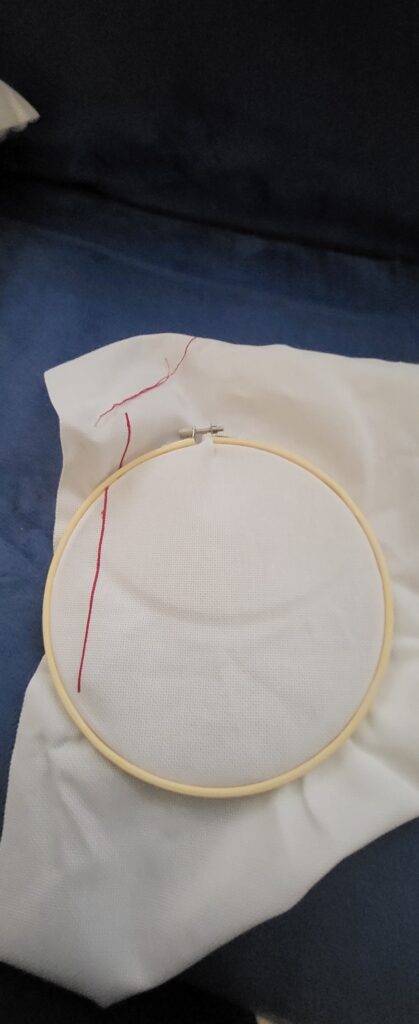This week’s readings helped me develop my understanding of material culture and the gendered history of artifacts. The Prown article, ‘’Mind in Matter’’ asks why material culture? Material culture furthers our collective understanding of the past through objects and creates further representation for historical actors then through other forms of analyzing the past such as reading journals. This does so by looking at objects’ creation and consumption and can even be traced to locations or time periods through the style that is used.
The gendered history of textile production is something I never put thought into, and this class and readings are opening my eyes to it. The production of materials such as samplers, clothes, quilts, and even maps through needlework shows both a gendered history and a labor history. There exists a hierarchy of art and that is something that Rozsika Parker challenges in their work, ‘’The Creation of Femininity, From the Subversive Stich Embroidery and the Making of the Feminine’’. This hierarchy can be seen in how embroidery is viewed against painted works. A quote that really stuck out to me from Parker when referring to crafts is, ‘’both a source of pleasurable creativity and [an] oppression’’. (Parker 491)
The topics explored in the work by Leora Auslander in, ‘’Deploying Material Culture to Write the History of Gender and Sexuality’’ are fascinating. One of these is that gendered labor reinforces gendered construction, such as gender norms. As well as this, clothing can be linked to sexual identity and sexual expression. The process of a girl becoming a woman was also through developing skills in spinning, weaving, and embroidery.
Even objects that are unfinished and provide no evidence s to who started the work that now remains arrested in its current state still tell a story. Ulrich’s chapter, ‘’An Unfinished Stocking’’ follows many stories of women in history and their labors. Through both letters, their creations, and their experiments we can better understand these women and the colonial period. The experiments with sericulture for silk and how silk was valued offer another avenue of studying the labor of women in history.
The schools that girls and young women attended are another thing we can study. Cecilia Goold Lewis created a map of the United States in 1809 and it included areas belonging to Indigenous Americans. The school she attended, Pleasant Valley Boarding School taught grammar, writing, arithmetic, needlework, geography, and working maps. The subjects being taught are important in understanding what was perceived as important for women of that time and class to study. As well as this, we can see from the ad how much it costs to attend this boarding school.
I’m enjoying the project of creating a sampler, with Temple being the school we all belong to. I had no idea how time-consuming the process is, and the effects it has on your body. Sometimes I feel my eyes going a bit cross when trying to thread my needle or the aching in my shoulders and neck area as I work. I work on it for at least 20 minutes a day, and sometimes longer. My hope is to have the border finished in 2-3 weeks and have my plan drawn or at least conceptualized. I’m currently thinking of doing a house with two hills on each side, with the alphabet above it, and my quote below the house. I’m realizing how slow I really am at this. I’m considering starting a journal and recording whenever I work on it and making sure I keep myself regimented.
